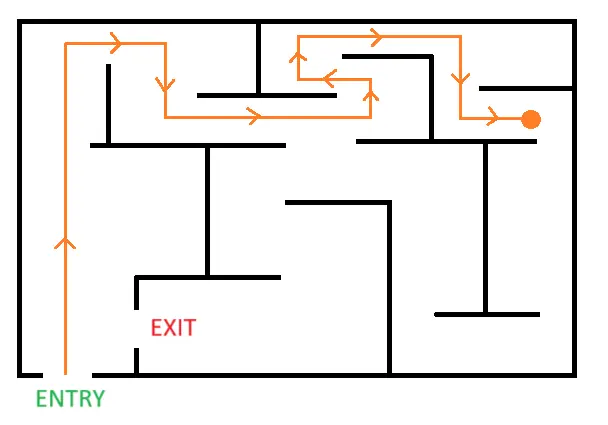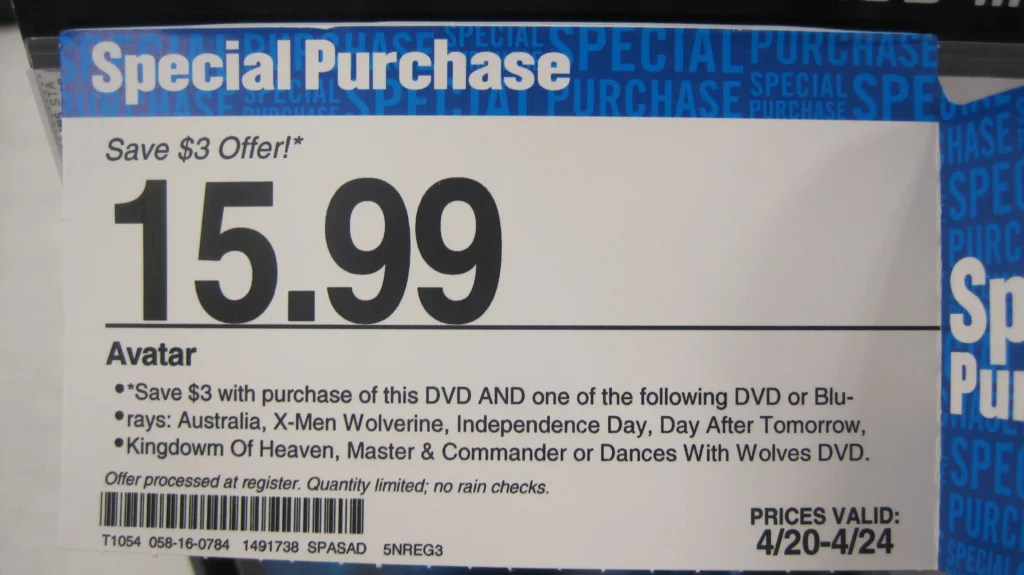
10 Psychology Tricks Stores Use to Make You Spend (and How to Save Money)
Have you ever gone into a store to “just look around” and ended up leaving with a full bag and an empty wallet? That’s no accident. Stores are designed by behavioral experts who know how to influence your decisions without you even realizing it. Here I prepeared for you 10 powerful psychological tricks stores use to make you spend more money – and how you can avoid falling into their traps.
1. The Gruen Effect: Designed Disorientation
Stores are intentionally laid out to disorient you and keep you inside longer. This tactic, known as the Gruen Effect, subtly encourages impulse shopping by making the layout slightly confusing. You’ll wander through aisles you didn’t intend to visit, exposing you to more products and tempting promotions.
How to beat it: Go in with a clear list and a time limit. Stay focused on your shopping goal and avoid “just browsing.”

2. Background Music Manipulation
Retailers carefully select in-store music to influence your shopping pace and mood. Slow tempo music encourages shoppers to move slowly and browse more, which increases the chances of purchasing.
How to beat it: Bring headphones and your own playlist to stay in your own rhythm. Avoid shopping when you’re tired or emotionally vulnerable.
3. Color Psychology
Stores use color to trigger emotions and influence behavior. Red suggests urgency and draws attention (often used for sales), yellow signals affordability and excitement, and green evokes trust and freshness (used in organic or natural sections). How to beat it: Recognize color-based marketing for what it is: manipulation. Focus on the actual value of the product, not its colorful presentation.
4. The 9.99 Pricing Trick
That $9.99 price isn’t just a random number. It’s called charm pricing. Our brains register the first number and ignore the cents. $9.99 feels significantly cheaper than $10, even if it’s only a penny difference.
How to beat it: Train yourself to round prices up mentally. When you see $4.99, consider it $5. This builds awareness and reduces impulse buys.

5. Strategic Product Placement
Products you actually came for like:
- milk,
- eggs,
- meat,
- or restrooms
are placed at the back of the store. This forces you to walk past dozens of other items you didn’t plan to buy. Also, expensive or premium items are placed at eye level, while cheaper alternatives are hidden below or above. How to beat it: Stick to your list. Look up and down shelves for better deals, and avoid the temptation of “eye-level” products and end-of-aisle promotions.
6. Endcap Displays & Special Offers
Endcaps – the displays at the end of store aisles. They are premium products only for promotions. These are often filled with limited-time offers or bestsellers, but many are there simply because brands pay to be featured, not because they’re a good deal. How to beat it: Compare unit prices and resist impulse grabs. Endcaps are built to make you stop, not necessarily to save you money.

7. Restroom Placement as a Sales Strategy
Ever noticed that store restrooms are never near the entrance? That’s intentional. Stores place restrooms far from the door so you have to walk past multiple product sections to reach them. This is increasing the chance you’ll pick something up along the way.
How to beat it: Be aware of this layout trick. Use restrooms without lingering, and treat the journey through the store as a straight line, not a shopping invitation.
8. Oversized Shopping Carts
Larger carts make your purchases feel smaller. A half-full giant cart gives you the illusion that you haven’t bought much, prompting you to add more. Research has shown that doubling cart size can lead to shoppers buying 40% more. How to beat it: Use a hand basket instead of a cart whenever possible. It limits your capacity and makes you more conscious of what you’re adding.
9. “Buy More, Save More” Illusions
Retailers love bundles: “Buy 3, get 1 free” or “Save 20% when you spend $50”. These offers encourage you to spend more than you intended under the illusion of saving. How to beat it: Ask yourself: Would I buy this if there were no deal? If the answer is no, walk away.
10. Suggestive Signage & Social Proof
Phrases like “Best Seller”, “Everyone’s Buying This”, or “Hot Pick” are designed to create FOMO (fear of missing out). Social proof is a powerful psychological motivator, even when it’s made up. How to beat it: Don’t assume popularity equals quality. Look for reviews, compare products, and make choices based on your needs, not hype.
Once you start recognizing these tricks, you’ll never shop the same way again. Awareness is your best defense. By staying alert and intentional, you can beat the psychology of overspending and make smarter, more conscious financial decisions every time you shop. Want to learn how to save money fast and avoid common spending traps? Read our practical guide: 12 Simple Everyday Habits That Actually Work.






